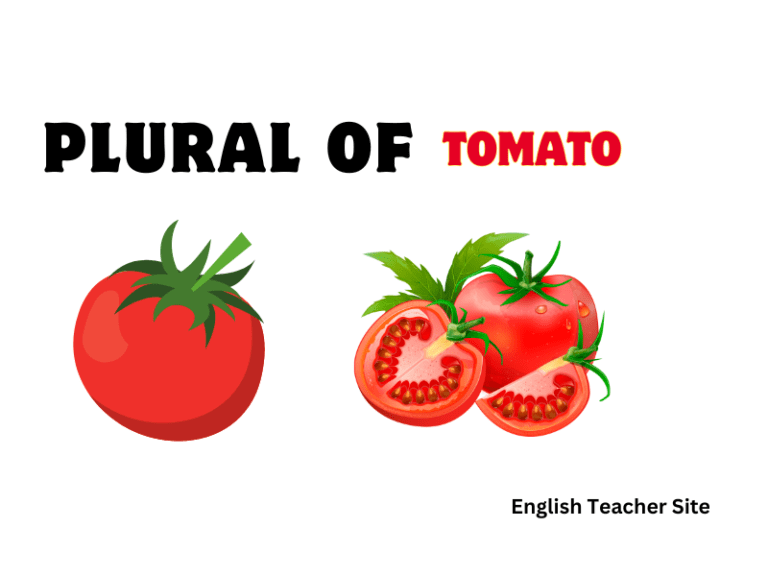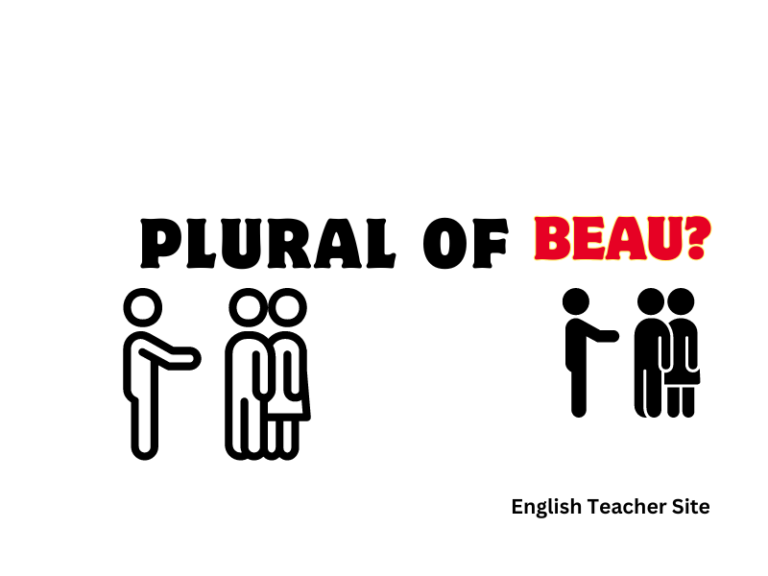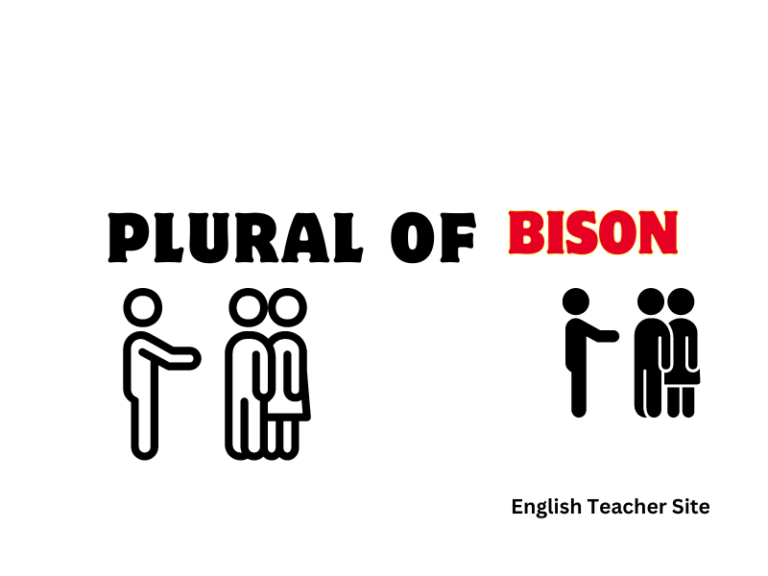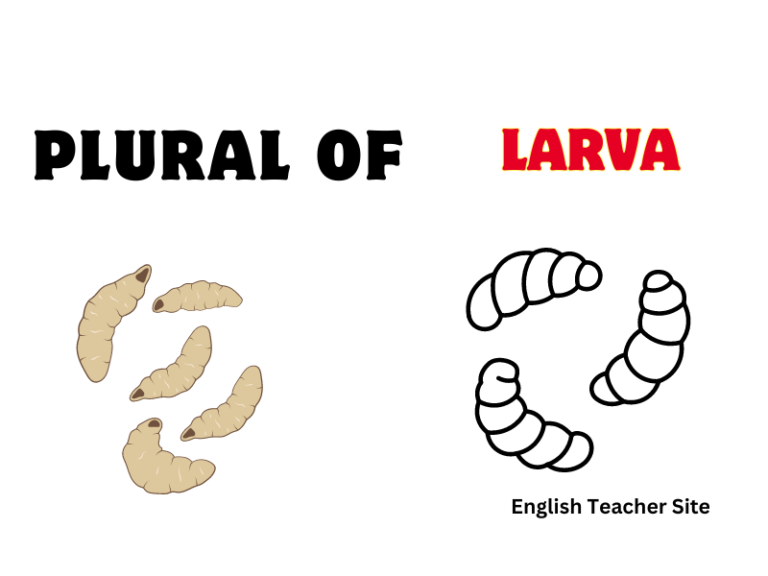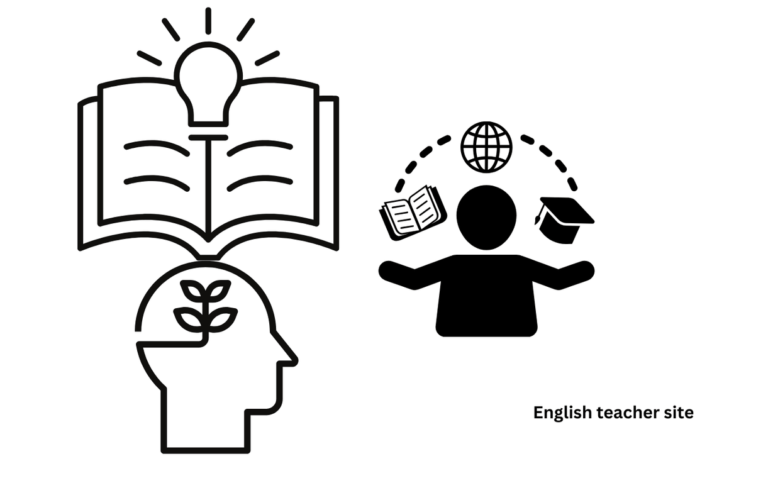What’s the Plural of Trousers: Understanding English Nouns
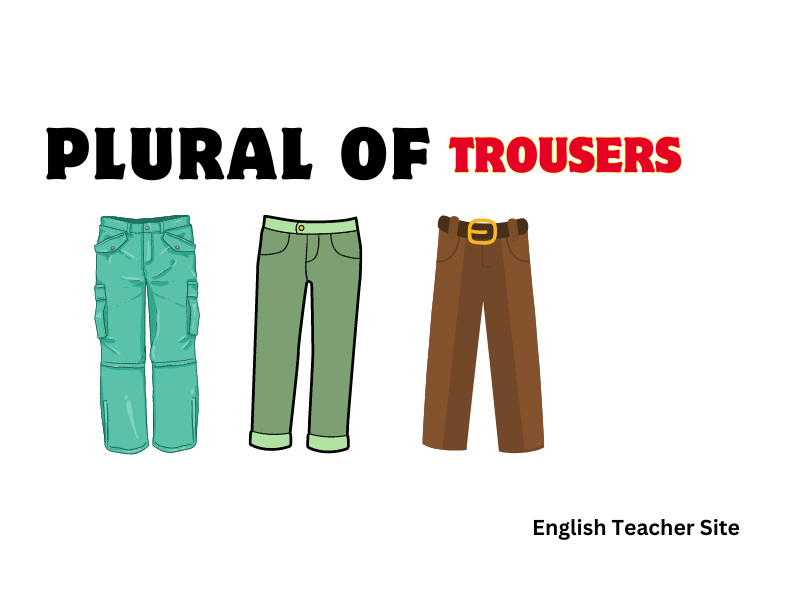
- “Trousers” is a plural-only noun used to describe leg-covering clothing, remaining unchanged in both singular and plural contexts.
- This clothing item is synonymous with “pants” and forms part of a group of nouns that only appear in the plural form.
- The word has Scottish and Irish origins and is used with plural verb agreements.
Certain words prompt curiosity and sometimes confusion due to their unique grammatical properties. One such example is the word “trousers,” a common item of clothing we encounter in daily conversations and wardrobe choices. Despite the frequency of its use, there is often uncertainty around its plural form. The reason for this confusion lies in the nature of the word itself; “trousers” refers to an item that naturally comes in two parts, thus it is generally used in the plural form.
What’s the Plural of Trousers?
This is common with items that come in pairs, consisting of two connected parts.
Several nouns follow the same pattern as trousers in that they exist mostly or exclusively in the plural form:
| Plural Nouns | Singular Form |
|---|---|
| Trousers | Rarely used |
| Glasses | Rarely used |
| Scissors | Rarely used |
It’s worth noting, when one discusses a single leg of this garment, the term “trouser leg” can be used. However, for the garment itself, “trousers” is the correct term, whether referring to one pair or multiple pairs.
The following comparisons can help illustrate this usage:
- Correct: “Her trousers are black.”
- Incorrect: “Her trouser are black.”
Also, distinct variations of trousers maintain this plural form:
- Slacks
- Jeans
- Chinos
Meaning of Trousers
In the context of clothing, trousers are a piece of apparel worn from the waist to the ankles, covering both legs separately. They are a fundamental item in modern Western fashion, and while the word is often used interchangeably with pants in American English, it maintains a strong presence in British English as the preferred term.
Traditionally, trousers have been associated with male attire. However, they are now universally worn by people of all genders. Their design comes in various styles, sizes, and fabrics, catering to a wide range of occasions from formal to casual wear. The construction typically includes two separate sections, referred to as legs, joined at the top and fastened around the waist.
Common Types of Trousers
| Formal Wear | Casual Wear |
|---|---|
| – Dress trousers | – Jeans |
| – Suit trousers | – Chinos |
| – Tuxedo trousers | – Cargo pants |
Features of Trousers
- Waistband: Holds the trousers at the waist.
- Fly: A covering over the opening, typically zipped or buttoned.
- Pockets: Vary in number and placement, providing convenience.
- Belt Loops: Allow for the addition of a belt for a secure fit.
Plural-Only Nouns:
Common Plural-Only Nouns:
| Clothing | Tools | Miscellaneous |
|---|---|---|
| trousers | scissors | glasses |
| shorts | pliers | binoculars |
| jeans | tongs | earnings |
Usage with Quantifiers:
- one pair of scissors
- two pairs of glasses
- several pairs of pants
It’s important to note that even when preceded by ‘a pair of,’ these nouns still require plural verbs.
| Correct Usage | Incorrect Usage |
|---|---|
| My trousers are too long. | My trouser is too long. |
| These scissors are dull. | This scissor is dull. |
Plural-Only Noun, Trousers, in Sentences
Here are two tables illustrating the correct and incorrect usage of this term in sentences:
Correct Usage of ‘Trousers’
| Sentence | Explanation |
|---|---|
| She bought a new pair of trousers. | ‘Trousers’ is correctly used in its plural form. |
| His trousers are too long. | The word ‘trousers’ is fittingly employed to denote one article of clothing. |
Incorrect Usage of ‘Trousers’
| Sentence | Explanation |
|---|---|
| She bought a new trouser. | ‘Trouser’ is incorrectly used in the singular form. |
| His trouser are too long. | The singular form ‘trouser’ is incorrectly used to describe one item. |
In sentences, trousers are often coupled with descriptors or actions to provide a clear understanding:
- The tailor hemmed her trousers carefully.
- He folded his trousers and placed them in the drawer.
Origin of the Word Trousers
The term trousers is entrenched in the fabric of English lexicon, specifically denoting a lower body garment that covers the individual legs separately. This piece of attire has seen numerous nomenclatural and stylistic evolutions throughout history.
| Century | Term |
|---|---|
| 1570s | trouse |
| 1580s | trouzes |
| 1610s | trousers |
Trowse, a precursory term from the late 16th century, hinted at the bifurcated nature of trousers. Pivotal amo4 in the lineage of ‘trousers’ comes from the Gaelic or Middle Irish word “triubhas,” meaning “close-fitting shorts.”
Etymology of trousers by etymonline reveals the timeline of the word’s evolution, characterized by an extension from a singular form to a plural one, a common trait for items worn in pairs like shoes or gloves.
The transformation from trouse to trousers materialized by the 1610s. Early usage indicates that these garments were seen as exotic; trousers were not necessarily an everyday item for the English.
Notably, the plural form “trousers” is consistent with other pluralia tantum nouns in English, a class of words that are almost always used in plural form, such as “scissors” and “glasses.”
| Pluralia Tantum Pattern | Examples |
|---|---|
| Consistently plural | scissors, tongs |
| Garments | trousers, jeans |
According to Wikipedia, “trousers” fall into the category of pluralia tantum, emphasizing the noun’s common plural usage. This classification reinforces the traditional phrasing of “a pair of trousers,” much like one would refer to “a pair of glasses.”
Sources
My name is Khamis Maiouf. I am the creator of the English Teacher Site, dedicated to providing valuable resources and insights for students around the world. With a passion for education and a commitment to helping students enhance their skills, I aim to make English teaching more effective and enjoyable for both educators and students.

